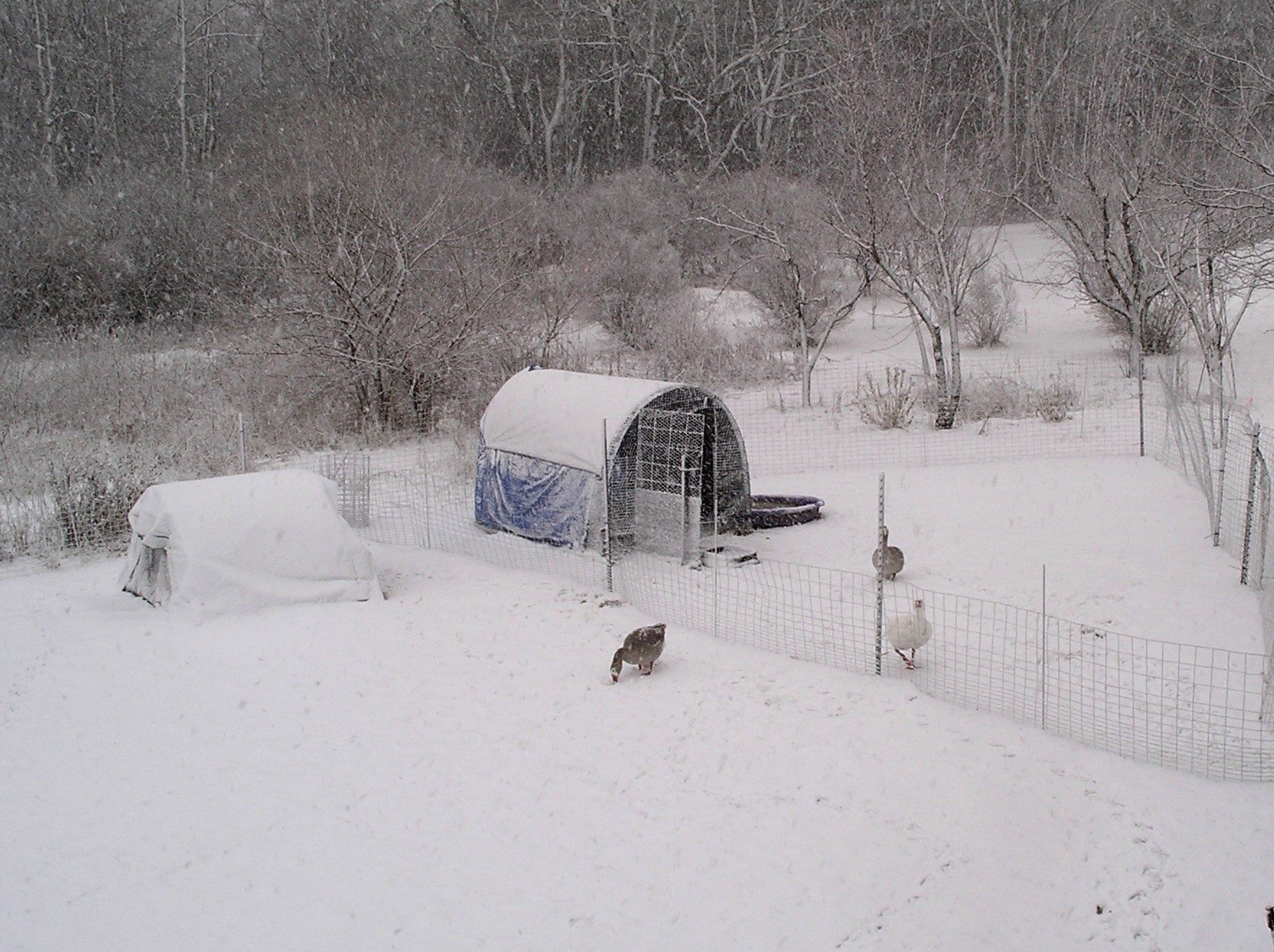I started writing a long post, then realized I was just too tired to say much meaningful. However - the fact that this is being discussed in a rational and enlightened way bodes well for the future. I would love to know about the history as well, and wonder if anyone has taken the time to write things down. I might be in a position later in the year to start to do some interviewing, and have the luck of knowing several published authors. Would be an interesting project, for sure. That could help to make some decisions down the line, maybe.
Just need to know who to interview.

In the meantime, I took a look at the San Clemente Island Goat website, and was pretty impressed. That would seem like a good model to follow. I like the idea that they cover all the bases including how to transport, health, breeding, history, etc. In fact, the more I look, the more I like. That kind of information could really help highlight the differences between the CPG and Pilgrims. So, maybe someone (Hint, hint Serina) could have Dr. Walker look at it and see what he thinks?
Here is what it looks like in Wisconsin this afternoon.

Just need to know who to interview.

In the meantime, I took a look at the San Clemente Island Goat website, and was pretty impressed. That would seem like a good model to follow. I like the idea that they cover all the bases including how to transport, health, breeding, history, etc. In fact, the more I look, the more I like. That kind of information could really help highlight the differences between the CPG and Pilgrims. So, maybe someone (Hint, hint Serina) could have Dr. Walker look at it and see what he thinks?
Here is what it looks like in Wisconsin this afternoon.




